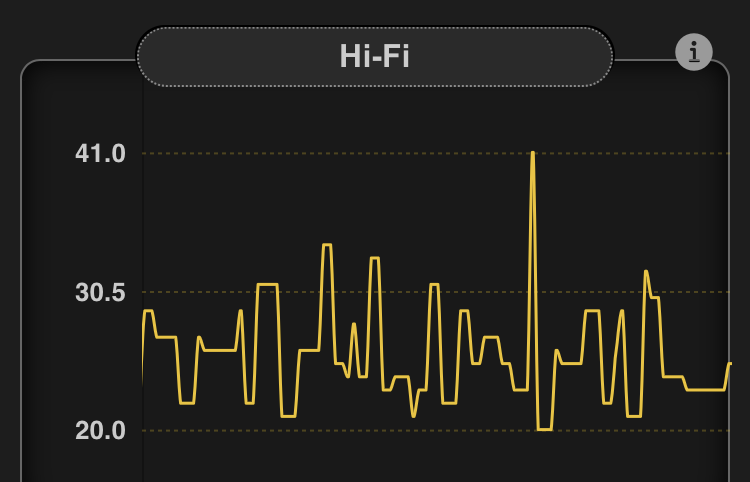At Whisker Labs, we have a special connection with lightning. Here’s why.
For certain, lightning is very dangerous and can cause home fires and wildfires. Yet, our fascination with the science of lightning lies in how it is similar to the tiny faults that are precursors to electrical fires inside the home. In fact, our chief scientist is a leading expert in the physics of lightning.
Lightning can strike up to 25 miles from its ‘source’ storm.
So it’s true; if you see or hear it, it’s time to seek shelter. Yet, about one-third of all injuries from lightning occur indoors. While inside, stay away from windows, and avoid water and plumbing since water is a very good conductor of electricity. Where practical, unplug sensitive electrical devices or electronics. If you still have one, stay off corded phones, as these can conduct electricity during a lightning strike.
In the same vein – regarding risks that can arise some distance from their actual cause – an electrical fault originating on the electrical utility grid can have a big impact on the local area and, at the same time, create a safety issue inside home wiring and connected devices and appliances.
An average instance of lightning lasts about a quarter of a second – but consists of 3 to 4 strikes.
Each instance of lightning creates an invisible impulse of energy that travels around the world in less than a second. Inside the home, arc-like events that are precursors to electrical fires are equally ‘random’ in nature, generate the same type of impulse as lightning but much, much smaller – and travel incredibly fast over your home wiring (which means you need to be skillful and quick, like Ting, to detect them).
Did you know? Your Ting sensor detects invisible impulses that travel through the air from nearby lightning. During the next storm – from a safe location inside – open your Ting Sensor app and click on ‘Real-Time’ at the bottom of the home page. Watch the lower graph – it will spike as the sky flashes.

Click the ‘Real-time’ icon at the lower left of your Ting app home screen when a lightning storm is nearby your home.
Lightning can be hotter than the sun’s surface.
In fact, lightning can reach upwards of 50,000 degrees Fahrenheit.
Electrical arcing can range in temperature from 5,000 to 35,000 degrees Fahrenheit. Arcing is the leading cause of electrical fires – whether occurring in wiring or inside a device or appliance. Most often, arcing starts as very small ‘scintillations’ from loose connections and compromised insulators. These are not hot enough to cause a fire. However, once this process starts, it does not stop. Each tiny arc results in chemical changes that, in turn, support even higher-intensity arcing. Left alone, this process evolves over days, weeks, months, or even years. Ting detects the tiny signatures of these scintillations and less intense arcing – so the issue can be addressed and mitigated before escalating to temperatures that can ignite wire insulation or nearby materials inside a wall or in a device or appliance.
Lightning Strikes and Future Risk of Electrical Fires
Aside from the characteristics it shares with tiny precursors to electrical fires, lightning can also exacerbate electrical fire incidents in the home long after it strikes. How? When lightning strikes a house, whether a fire results or not, it can often cause incredible irreversible stress and hidden damage across your home’s electrical wiring and components. This stress can lead to a higher risk of a hidden electrical fire developing in the future (as compared to an identical home that has not experienced a lightning strike).
More Similar Than Not
The precursors to electrical fires from arc faults in wiring and devices are essentially a microcosm of nature’s lightning. These insidious home fires originate from tiny lightning-like events whose intensity is an incredibly small fraction of what we find in the sky. And yet, they cause far more injuries and deaths than lightning strikes.
You can find useful information and tips about lightning and staying safe here, published by the National Weather Service.
